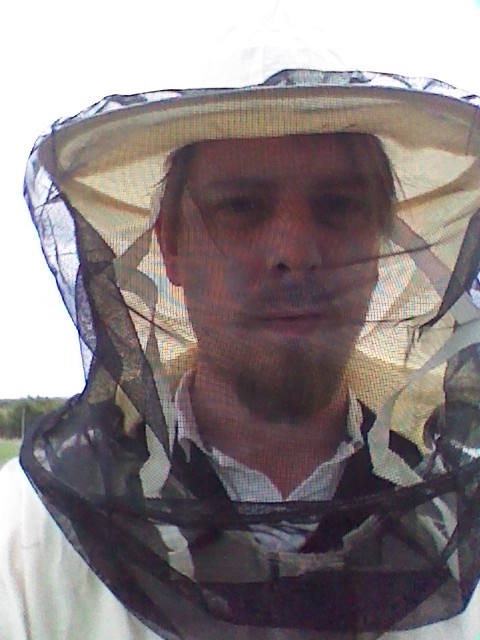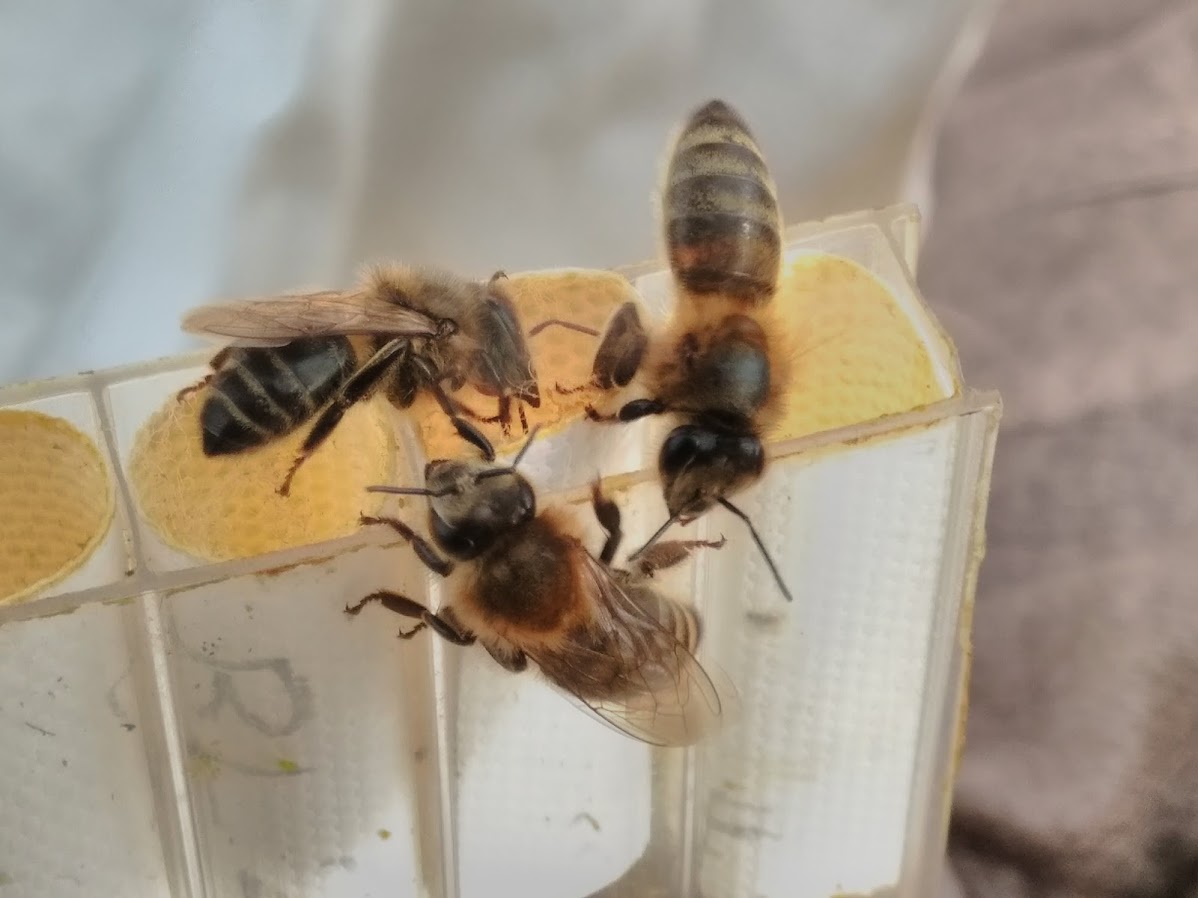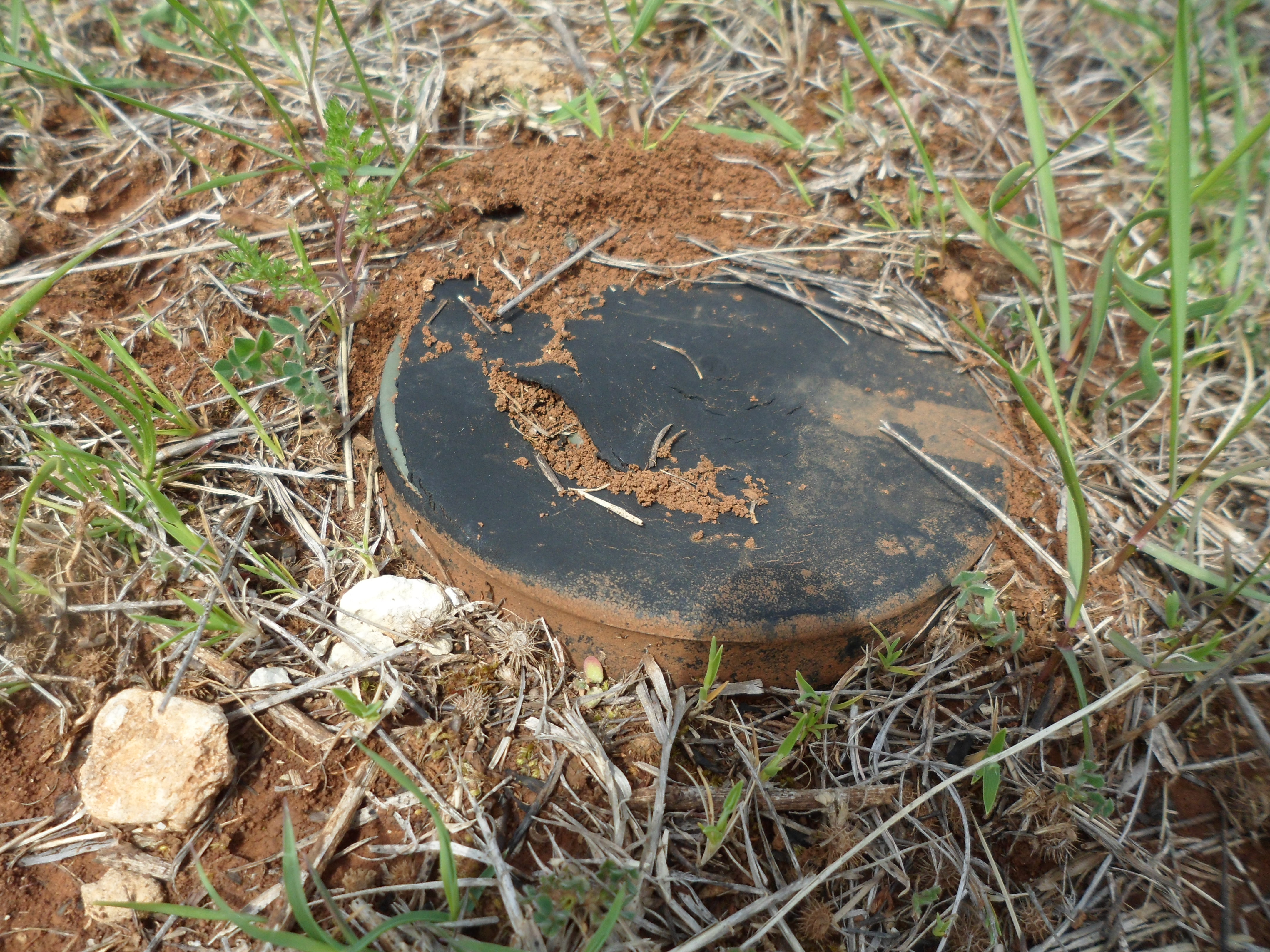TRAINED bees have been successfully used for the first time to find mines in a former Yugoslavian warzone, a Scottish scientist has revealed.
The honey bees led mine clearance teams to unexploded ordnance in Croatia after they were trained to hone in on the smell of explosives.
Dr Ross Gillanders of St Andrews University helped design equipment which detects if bees are returning to the hive with tiny traces of explosives.
Once confirmed, footage from drones was used to pinpoint the spot at which the bees picked up the traces.
The bees could prove more effective than sniffer dogs in some circumstances because they can work for longer and are cheaper to use. A dog’s performance can also be adversely affected by its treatment.
The promising early results of the ongoing trials in Croatia hold out hope that more of the millions of abandoned mines around the world could be cleared up more quickly, sparing thousands of people from being killed or injured.
The use of bees to detect explosives is being researched by academics in Scotland and Croatia.
Real-world tests started in Croatia in November last year, funded by NATO Science for Peace and Security, and using bees from local hives.

Dr Gillanders, a research fellow in the department of physics at St Andrews, today (Thu) confirmed the bees had found mines and other explosives lost during Croatia’s four-year struggle for independence from Yugoslavia which started in 1991.
The project borrows standard Apismellisera Carnica honeybees which are trained over two days by placing sugar syrup on top of TNT.
“Basically we teach them by a version of reward like you do with dogs,” said Dr Gillander.
“The bees fly out of their hive to go about their normal day to day job of finding pollen but instead of finding pollen they find explosives. It’s the sugar syrup, which draws them out.
“The training takes two days and is much faster and more efficient than training a dog. However, after three days the bees realise that they aren’t getting reward from the TNT and as a result are disinterested in it and look for other things.

“After three days we have to re-train the honeybees to detect the explosives.”
Honeybees have a bigger advantage over sniffer dogs when it comes to finding explosives as dogs only work for 15 minutes at a time. Dogs, which are more expensive to train,see it as a “game” and quickly get bored.
Bees will work tirelessly and are not affected by the chemical compounds found in explosives, unlike dogs. They can get to areas that that are more difficult to get to than dogs.
Dr Gillanders, a physicist, designed the equipment that tests the bees for explosives when they return to the hive.
The bees go through a special canvas-type material which is then exposed to light.
“A drop in light emission (like a light dimmer switch) confirms the presence of explosives,” said Dr Gillanders.

Once explosives are confirmed, the team go back to records from a drone which accompanies the bees on their expeditions, hovering a couple of metres above.
The behaviour of the bees recorded by the drone indicates the precise moment they discovered explosive traces, pinpointing the buried mines.
The types of mines the bees are being trained to detect are Yugoslavian PMA-2 and PMA-3 mines, and some Russian/Soviet mines.
The bees do have drawbacks, however. Rain and darkness will normally deter the bees from going out on their life-saving missions.
Precise details of the tests are being kept under wraps for now but Dr Gillanders said the use of bees looked “promising”.
The academic revealed there had so far been just one casualty from the testing – PhD student James Glackin, who was strung three times while driving 6,000 bees to the test site.
There are an estimated 110 million land mines lost across the world which kill or injure between 15,000 to 20,000 people annually.
Remarkable video shot from a drone shows how the movement of the mine-hunting bees can be detected by infra red.
The clip was captured by a high-definition camera attached to a drone, which follows the bees around in the test site.
The screen on the left shows the bees repeatedly flying around an area where they have detected explosives. The fact the bees are staying in the same place, rather than moving on, indictates a likely positive result.
The right hand side of the screen shows yellow circles darting about. These are bees which have been picked up by infrared to help track their movement. The right hand side of the screen is blacked out to help observe the tracking.
Dr Gillanders explained this was a first as bees “are very small and very fast, which makes them difficult to track”.
